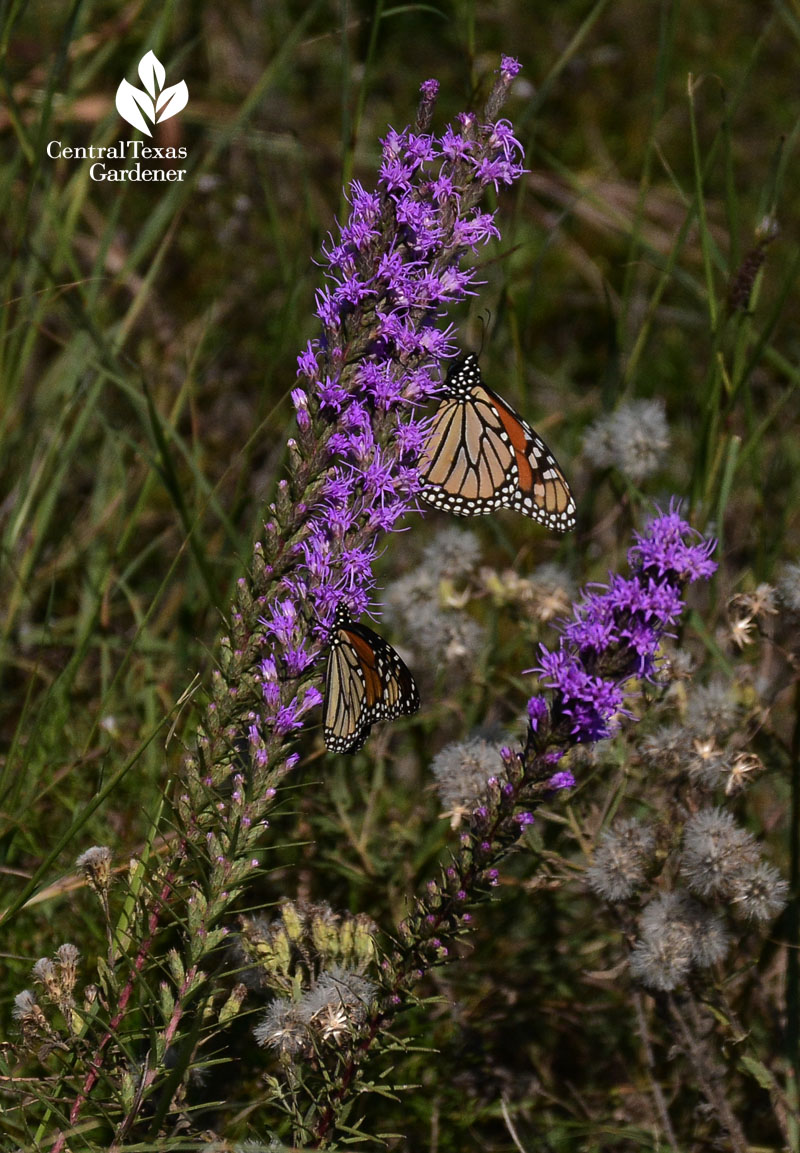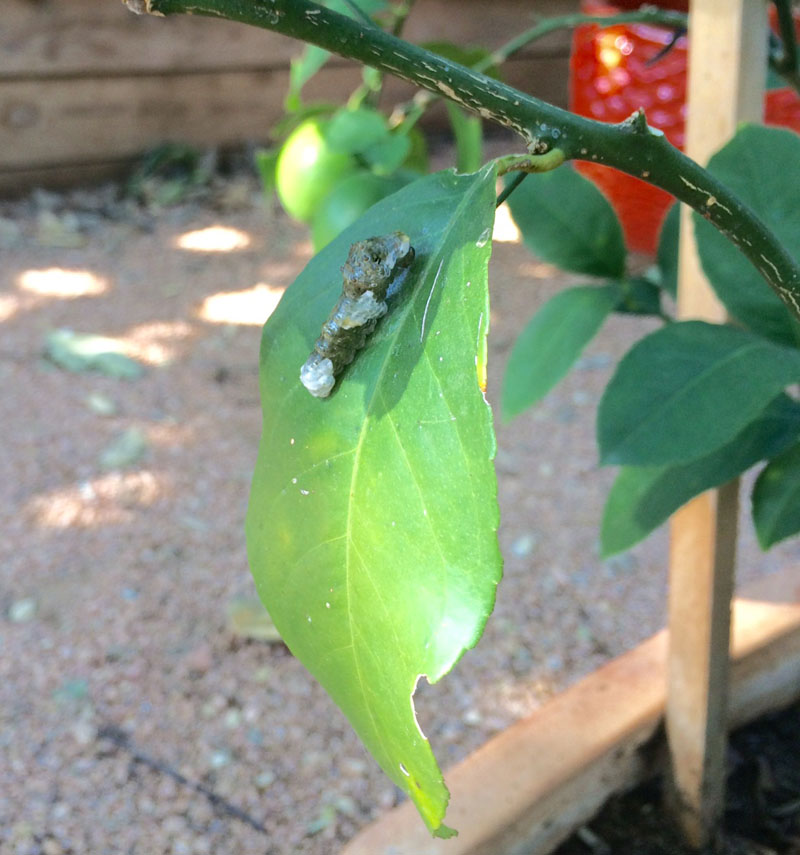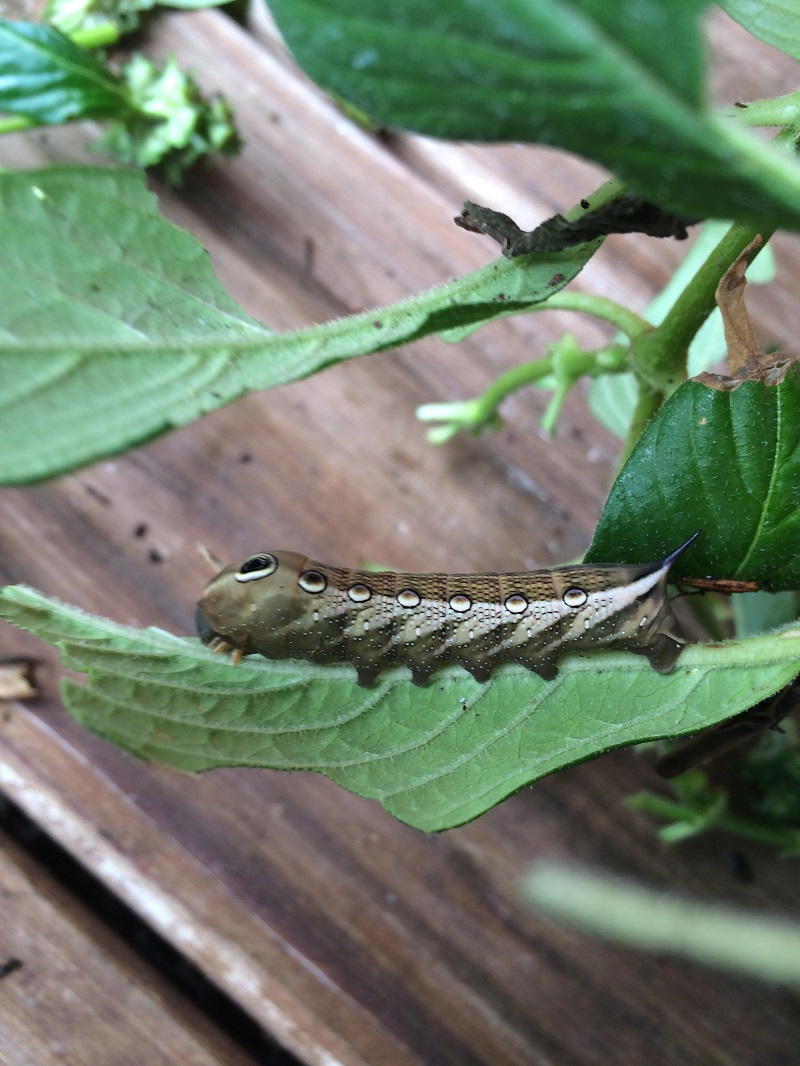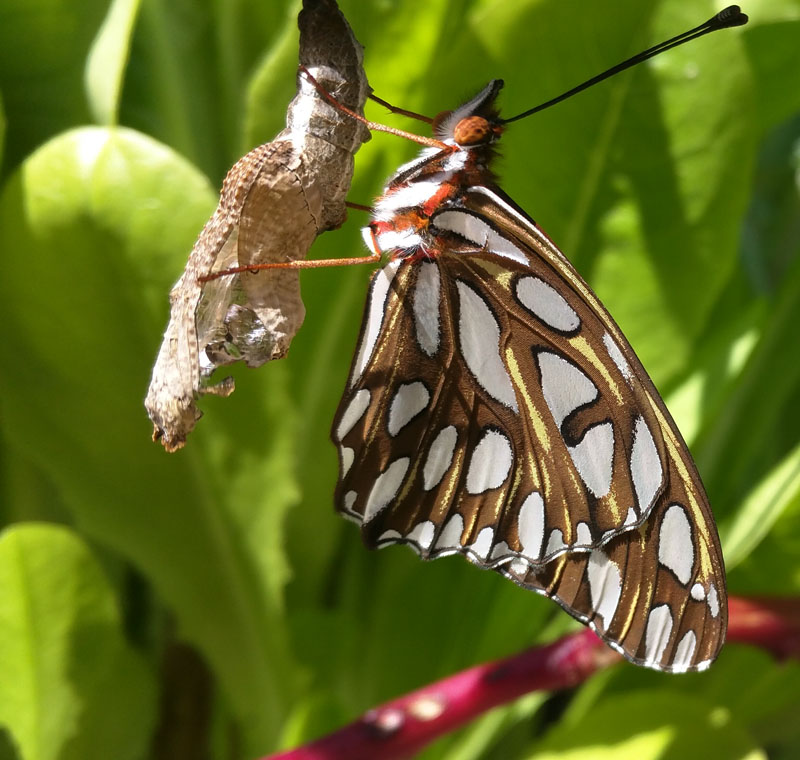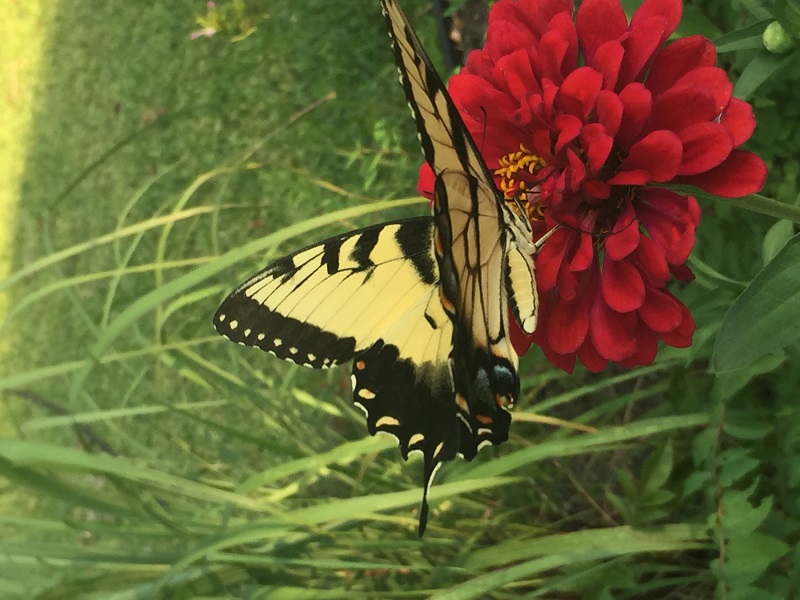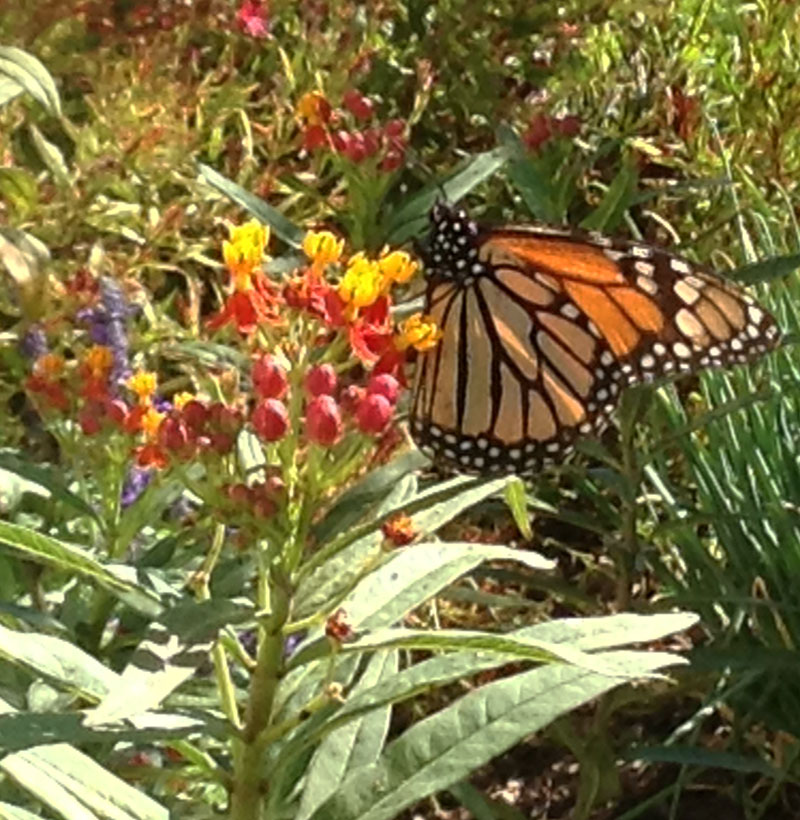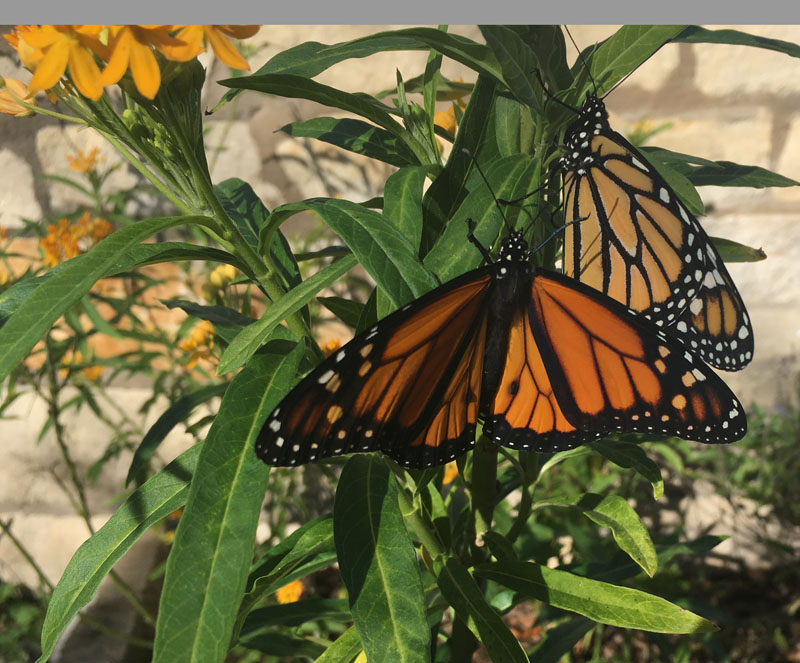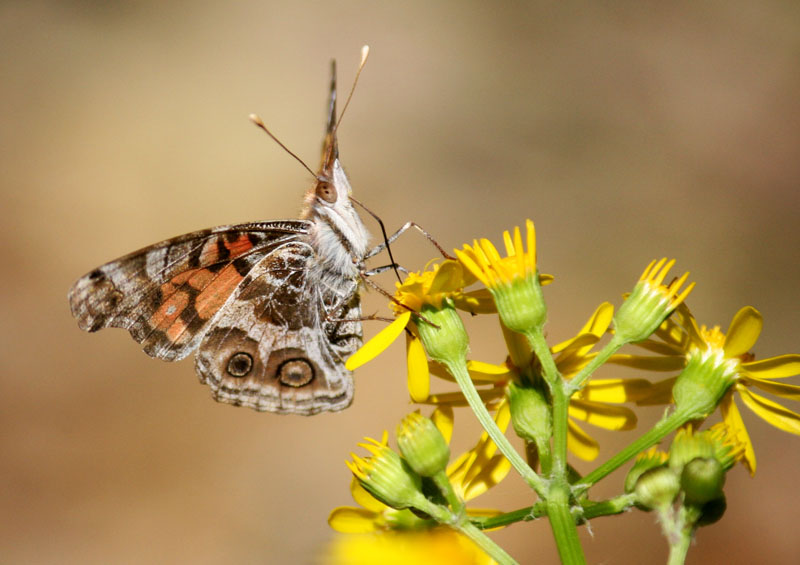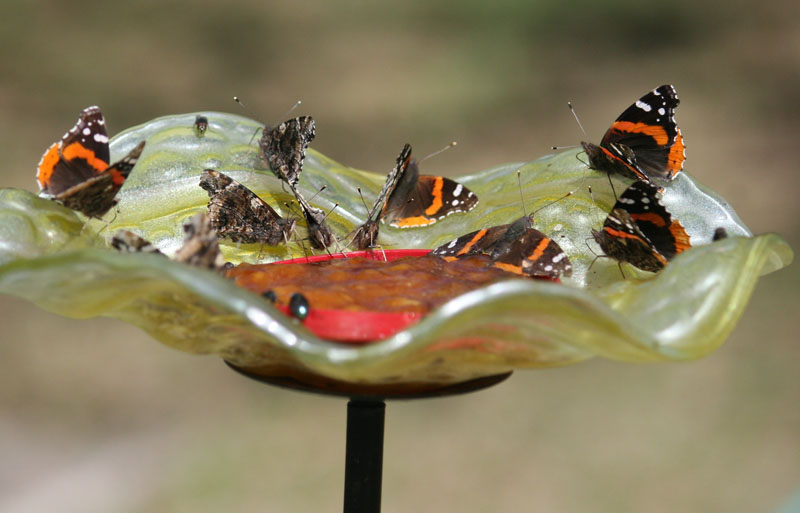What are these scars on bigtooth maple? Will they kill my tree?
Thank you to Robin Carter for this great question! She tells us: “The tree is about 20 years old, and in the last several years it’s developed large, oval, scarred areas where the bark has fallen away. These ovals are about the size of a hand and seem to be spreading about the tree, starting small and then growing.” Well, Robin, the good news, at least, relatively, is that this appears to be a physical injury, and not something caused by disease or insects. This type of damage pattern is similar to what happens when a young branch, which has only a very thin layer of protective bark, is bumped or cut in some way. If something penetrates the bark and damages the living tissue, it’s hard for the tree to recover and repair itself. In most cases, a relatively small area is damaged, but as the branch grows and elongates, the damaged area gets stretched, causing it to elongate and get bigger. In your case, Robin, the initial damage may have been caused by squirrels or some other small animal. Regardless of what caused the damage in the first place, the area surrounding it is now exposed to the elements in an unnatural way, making it more susceptible to moisture and potential decay. So there probably is a slow process of natural die-back happening. But is this a disease running rampant and moving branch to branch in your tree? I really don’t think so. Bigtooth maple trees have very few reported susceptibilities to insect and disease issues. At this point, I recommend continuing to watch the affected branches to see if they remain healthy despite the damage. If so, let the tree recover naturally and keep an eye out to see if you can catch the critter and get to the bottom of this mystery. But if those branches are weak and not recovering well, go ahead and prune them out of the tree and encourage regrowth in other areas to compensate. And if the issue persists, call a certified arborist to come take a look at the situation in person.

